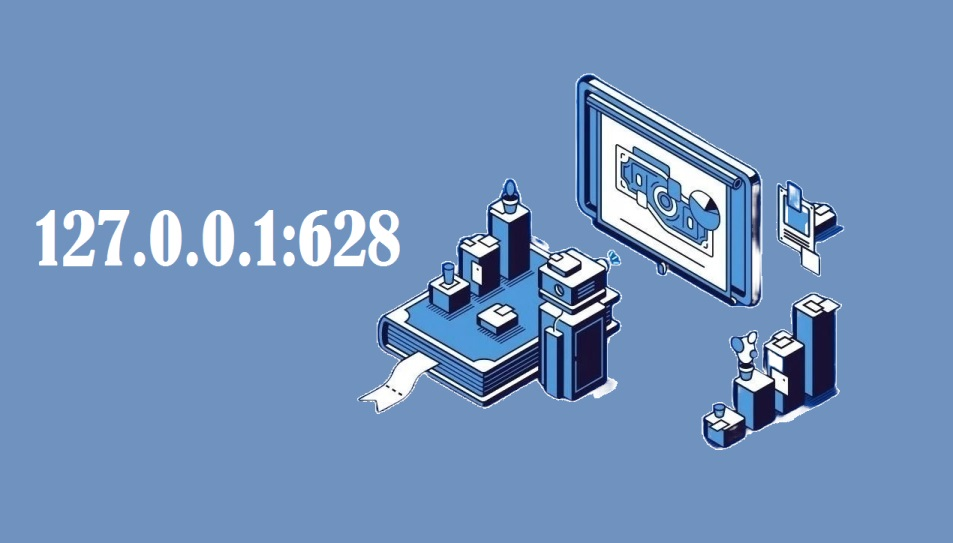Understanding and Utilizing 127.0.0.1:62893 for Development
The IP address 127.0.0.1, commonly known as “localhost” or the “loopback address,” is fundamental in networking and computer science. It allows a computer to communicate with itself, offering a controlled environment for testing and development. Connecting a service or application to port 62893 on this address opens a multitude of technical opportunities. This article explores how 127.0.0.1:62893 functions, its advantages, and how to troubleshoot common issues.
What is 127.0.0.1?
127.0.0.1 is a special-purpose IP within the reserved range 127.0.0.0 to 127.255.255.255, designated for loopback traffic. Data sent to this address is routed back to the originating system, enabling internal communication. This mechanism is crucial for developers and network administrators to test software and network configurations without needing an external network.
The Role of Port 62893
In networking, a port is an endpoint for communication that helps differentiate various types of network traffic. Port 62893 is not assigned to any specific service globally, making it ideal for custom, user-defined applications. By setting services or servers to listen on this port, applications can interact efficiently and securely.
How 127.0.0.1:62893 Works
Setting up a service on 127.0.0.1:62893 involves the following steps:
- Create a Socket: Initialize a socket bound to 127.0.0.1.
- Bind to Port 62893: Use a network programming library like Python’s
socketlibrary, Java’sServerSocketclass, or C’s socket API. - Listen for Connections: Configure the service to listen for incoming traffic on port 62893.
- Establish Data Exchange: Once a connection is made, data can be sent and received.
Benefits of Using 127.0.0.1:62893
1. Isolated Testing Environment:
Developers can create a sandbox environment using localhost, allowing safe testing of web servers, application servers, and network configurations without external traffic or threats. This ensures system stability before deployment to production.
2. Enhanced Security:
Since 127.0.0.1 is internal, it is not accessible from external networks, making it a secure tool for tasks like database operations or running sensitive scripts.
3. Performance Optimization:
Communication on localhost is exceptionally fast, as data does not leave the host computer. This speed is crucial for high-performance testing and debugging.
Troubleshooting Common Issues
1. Service Not Listening on Port 62893:
If a service is not available on this port, ensure that:
- The service is correctly configured and running.
- Firewall settings allow traffic on port 62893.
- No other service is occupying the port. Use tools like
netstatorlsofto verify port usage.
2. Connection Refused Errors:
These errors may occur if:
- The service on 127.0.0.1:62893 is not running.
- The local firewall blocks the connection.
- The server is not set to listen on 127.0.0.1. Restart the service and check firewall settings.
3. Address Already in Use:
This indicates another service is using port 62893. Free up the port by terminating the existing service or assign a different port to your application.
4. Latency and Performance Issues:
If latency occurs:
- Check for resource hogs affecting local performance.
- Optimize application code for lower resource usage.
- Ensure no background services interfere with network performance.
5. Configuration Issues:
Incorrect configurations can cause service malfunctions. Always double-check configuration files for syntax errors and correct parameter values.
Conclusion
Using 127.0.0.1:62893 provides a secure, organized, and efficient environment for testing and development. Understanding the workings of the localhost address and port combinations, leveraging their benefits, and knowing how to troubleshoot common issues are essential skills for developers and network administrators.
This version aims to present the information clearly, focusing on the practical aspects and importance of using 127.0.0.1:62893 for development and testing.




